You are using an out of date browser. It may not display this or other websites correctly.
You should upgrade or use an alternative browser.
You should upgrade or use an alternative browser.
Arrows irregularities in Super Ideals
- Thread starter Pecel
- Start date
- Status
- Not open for further replies. Please create a new topic or request for this thread to be opened.
- Joined
- Dec 17, 2008
- Messages
- 28,364
- Joined
- May 1, 2008
- Messages
- 3,563
Nothing adverse. First, the image wasn't made in a H&A viewer. It's a magnified image taken in a diffused hemisphere. That is a semi-structured environment, but has fluid mechanics. The black areas are reflections of the dark camera lens above (the one that's taking the photo). If you shift that lens a micron the black areas shift. Move the lens closer and the black areas get wider. Back it off and they'll narrow.
- Joined
- Apr 23, 2018
- Messages
- 5,870
- Joined
- Aug 4, 2008
- Messages
- 15,833
matt_k
Shiny_Rock
- Joined
- Jan 1, 2020
- Messages
- 356
It is indeed a very well cut stone as the images show below. My only concern was that those "irregularities". Which I understand from all the replies (thanks!) is only a visual effect of a stone being tilted during taking a photo.
The same must go with the arrows being long/short, isn't it?
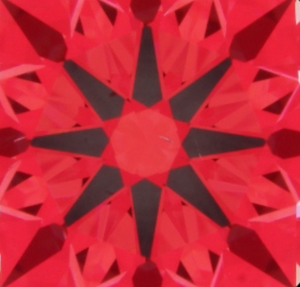
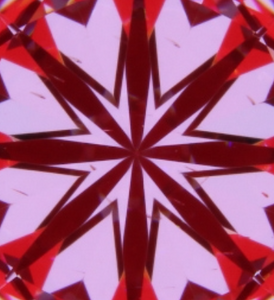
- Joined
- Aug 4, 2008
- Messages
- 15,833
- Joined
- Apr 23, 2018
- Messages
- 5,870
Agree with @Karl_K that it's probably just tilted.
Nice thing though is the images appear as if this is a WF stone. if so, I'd simply ask them to verify. They are very transparent and honest, even at the expense of a sale.
Awhile back I was helping someone else pick a stone, and had a similar question come up. I assumed it was tilt and pulled @Texas Leaguer (Bryan, VP of WF) into the conversation and he confirmed there was some minor variations going on and it wasn't just a titled image. That's one of the advantages of working with a vendor like WF who thoroughly vets their stones.
Nice thing though is the images appear as if this is a WF stone. if so, I'd simply ask them to verify. They are very transparent and honest, even at the expense of a sale.
Awhile back I was helping someone else pick a stone, and had a similar question come up. I assumed it was tilt and pulled @Texas Leaguer (Bryan, VP of WF) into the conversation and he confirmed there was some minor variations going on and it wasn't just a titled image. That's one of the advantages of working with a vendor like WF who thoroughly vets their stones.
- Joined
- Jul 27, 2009
- Messages
- 4,137
I think this is an example of relative perfection vs absolute perfection. We are dissecting hugely magnified photos that reveal very small deviations in reflection patterns.
These are actual photos that will look a tiny bit different every time the diamond is re-positioned and re-imaged. Perfect orientation to the lens, at some level, is simply not attainable. As @John Pollard says a light performance photograph is a "semi-structured environment, with fluid mechanics".
It's a little like deciphering between two internally flawless diamonds. The designation is awarded if no inclusions are visible under 10x. At 15 or 20x an inclusion may become visible. Yet, the correct grade is still IF. At some level of magnification something WILL become visible in an IF clarity.
These are actual photos that will look a tiny bit different every time the diamond is re-positioned and re-imaged. Perfect orientation to the lens, at some level, is simply not attainable. As @John Pollard says a light performance photograph is a "semi-structured environment, with fluid mechanics".
It's a little like deciphering between two internally flawless diamonds. The designation is awarded if no inclusions are visible under 10x. At 15 or 20x an inclusion may become visible. Yet, the correct grade is still IF. At some level of magnification something WILL become visible in an IF clarity.
- Joined
- May 1, 2008
- Messages
- 3,563
I think this is an example of relative perfection vs absolute perfection. We are dissecting hugely magnified photos that reveal very small deviations in reflection patterns.
These are actual photos that will look a tiny bit different every time the diamond is re-positioned and re-imaged. Perfect orientation to the lens, at some level, is simply not attainable. As @John Pollard says a light performance photograph is a "semi-structured environment, with fluid mechanics".
It's a little like deciphering between two internally flawless diamonds. The designation is awarded if no inclusions are visible under 10x. At 15 or 20x an inclusion may become visible. Yet, the correct grade is still IF. At some level of magnification something WILL become visible in an IF clarity.
Well said.
- Joined
- Mar 28, 2001
- Messages
- 6,341
I think this is an example of relative perfection vs absolute perfection. We are dissecting hugely magnified photos that reveal very small deviations in reflection patterns.
These are actual photos that will look a tiny bit different every time the diamond is re-positioned and re-imaged. Perfect orientation to the lens, at some level, is simply not attainable. As @John Pollard says a light performance photograph is a "semi-structured environment, with fluid mechanics".
It's a little like deciphering between two internally flawless diamonds. The designation is awarded if no inclusions are visible under 10x. At 15 or 20x an inclusion may become visible. Yet, the correct grade is still IF. At some level of magnification something WILL become visible in an IF clarity.
BANG... that right there.
AV_
Ideal_Rock
- Joined
- Aug 5, 2018
- Messages
- 3,889
- Status
- Not open for further replies. Please create a new topic or request for this thread to be opened.
Share:
How Are Diamonds Made? Natural vs Lab-Created Explained How Are Diamonds Made? Natural vs Lab-Created Explained - 08/05
How Are Diamonds Made? Natural vs Lab-Created Explained - 08/05

Top Wedding Ring Brands for Every Style and Budget
Top Wedding Ring Brands for Every Style and Budget - 08/05
Where to Buy Lab Grown Diamonds: Best Places Compared
Where to Buy Lab Grown Diamonds: Best Places Compared - 08/05

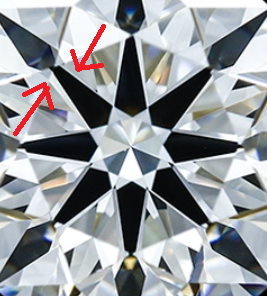




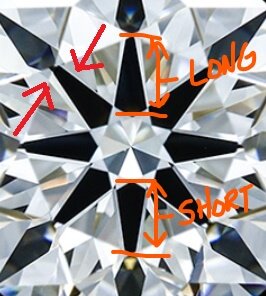
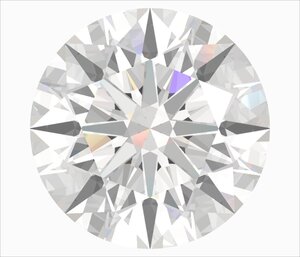
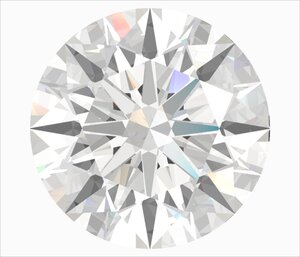

300x240.png)